Polyurethane belts can be used for a wide variety of applications including food conveyors, packaging equipment, dental drills, brake rollers, chemical mixers, computer printers, HVAC equipment and much more. Read More…
For more than 60 years, we have been offering innovative conveyor belting to customers worldwide. Our full line of products include perforated belts, vacuum belts, nylon core belts, and plastic modular belting. We have grown our reputation based on providing outstanding customer service as well as conveyor belt materials that will provide long-lasting value. For more information on how we may be...

At Shipp Belting, we specialize in manufacturing and distributing high-quality conveyor belts designed to meet the diverse needs of industrial operations. With decades of experience behind us, we’ve built our reputation on reliability, technical expertise, and a deep understanding of how material handling impacts overall efficiency.

At Mol Belting Systems, we specialize in providing high-quality conveyor belts designed to meet the diverse needs of industries worldwide. Our product range includes an extensive variety of conveyor solutions, such as modular plastic belts, polyurethane, and rubber conveyor systems, all engineered for efficiency, durability, and superior performance.

We have a wide range of products that allow us to find the right solutions for all our customer’s material handling needs. We provide conveyor belts made out of variety of materials. Our research and development department works hard to ensure that we are bringing our customers products that are on the leading edge of innovations at all times. For more information on how we may be able to...
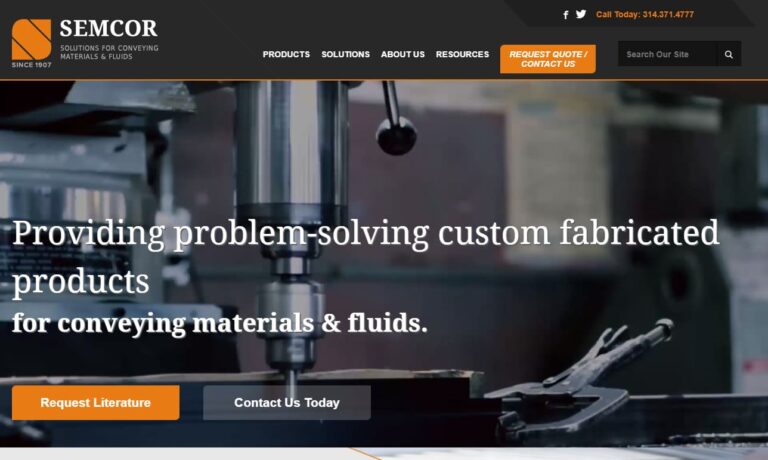
More Urethane Belting Manufacturers
Polyurethane and urethane are two different substances; urethane is another word for ethyl carbamate, which is not a component of polyurethane and is chemically distinct from it. Despite this distinction, the words "urethane" and "polyurethane" are often used interchangeably. Polyurethane belts are used as power transmission belts and as conveyor belts in comparatively light-duty applications.
Temperature has a definite effect on the resiliency of polyurethane belts. Polyurethane's physical resilience diminishes at higher temperatures. This means that a polyurethane belt's resiliency at 120°F (49°C) decreases to roughly 70% of its resiliency at room temperature, it and drops to about 10% at 150°F (66°C). Also, as temperature decreases, polyurethane becomes more brittle. When polyurethane belts are left overnight in low temperatures, they can take a set that can cause welds to shear apart.
Cleaning polyurethane belts with Oxine (Chlorine Dioxide) or isopropyl alcohol (rubbing alcohol) is acceptable without prolonged exposure or high concentrations, which can damage the polyurethane. Polyurethane belts may also be washed in lukewarm water with regular liquid dishwashing soap.
Frequent washing is not recommended for more hygroscopic polyurethane belts as it can cause damage over time, especially with hot water temperatures. Polyurethane belts should not be sanitized with bleach because it causes them to crack and lose elasticity. Polyurethane belts can be formed into almost any required shape; this is one of the primary benefits of manufacturing polyurethane belts.
Polyurethane is just one of many synthetic polymer materials that are used for the construction of belts. Natural rubber as well as synthetic rubber materials like neoprene and silicone are also widely used. Correctly pairing a polyurethane belt with its application will ensure the longevity of the belt and the effectiveness of the process in which it is involved.




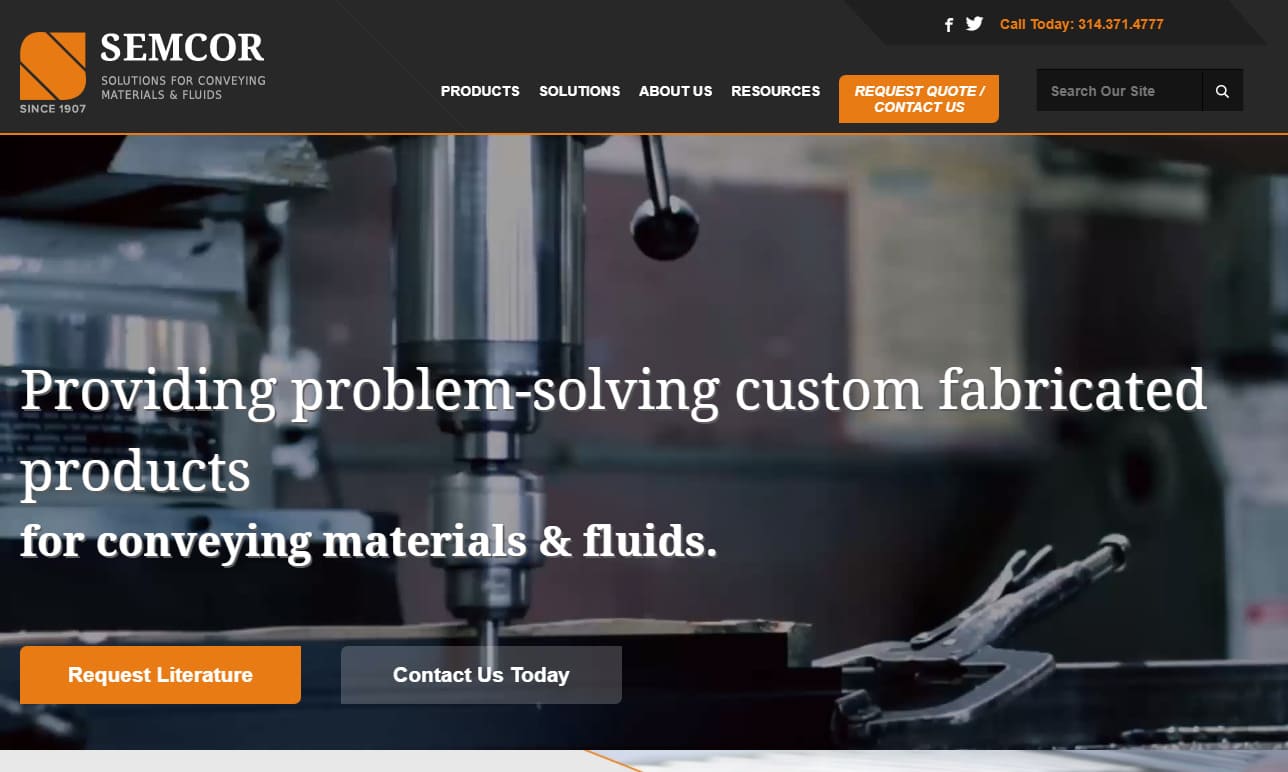

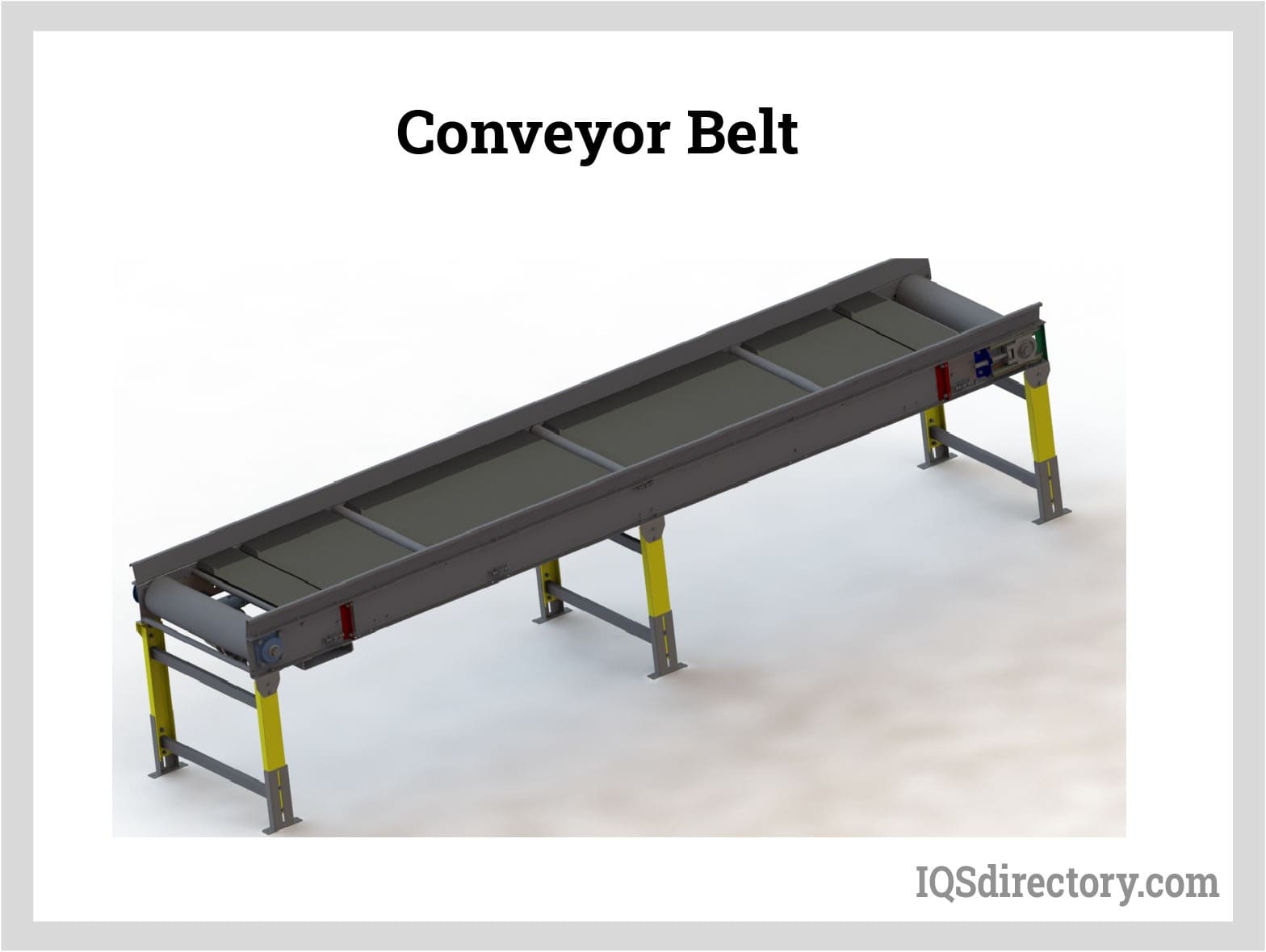
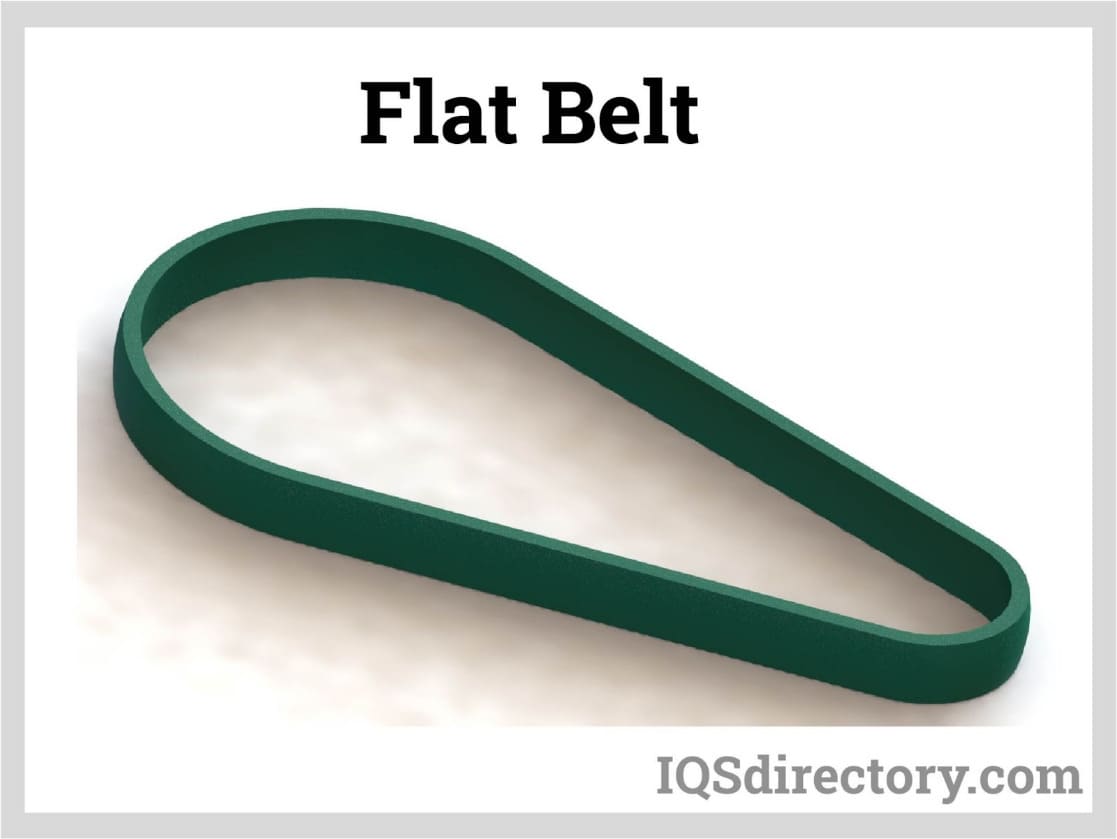
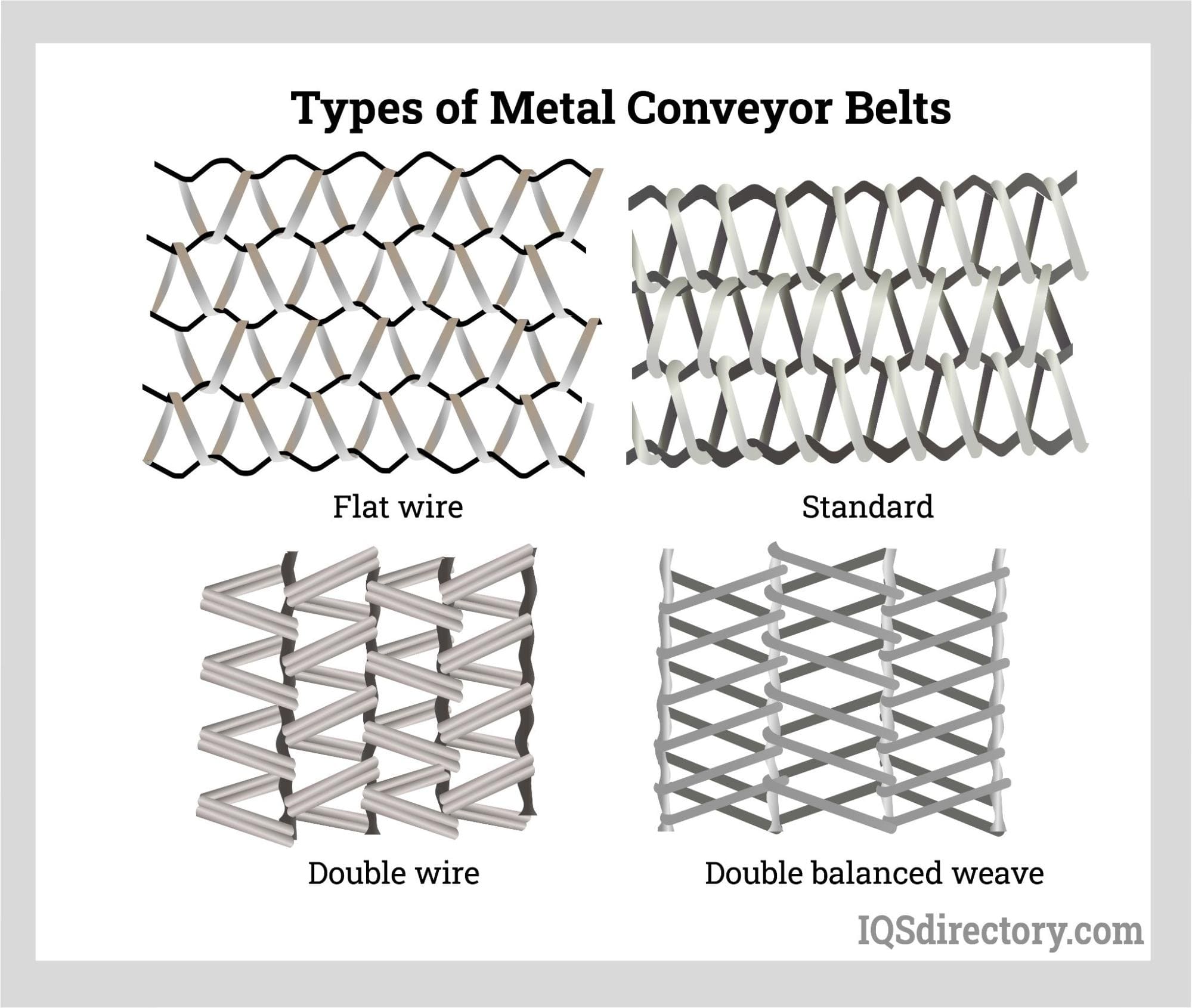
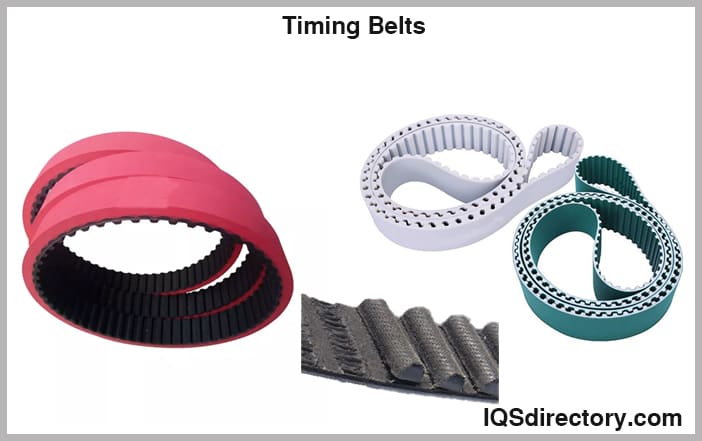
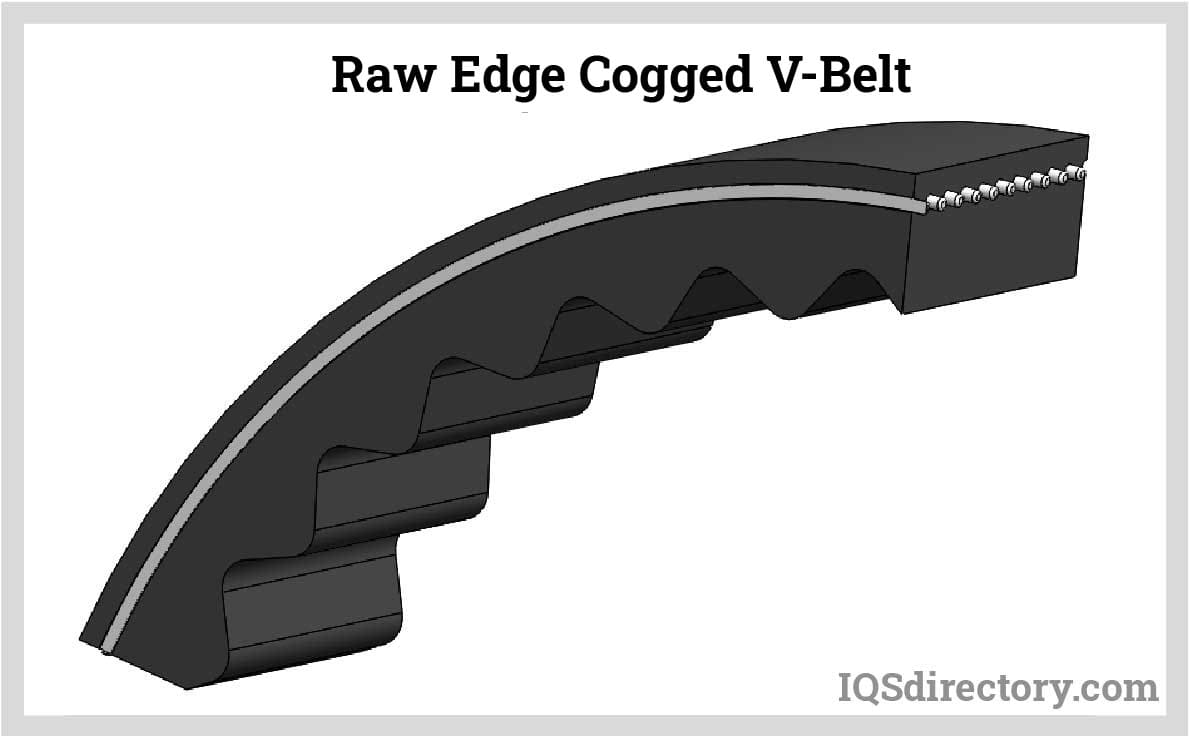
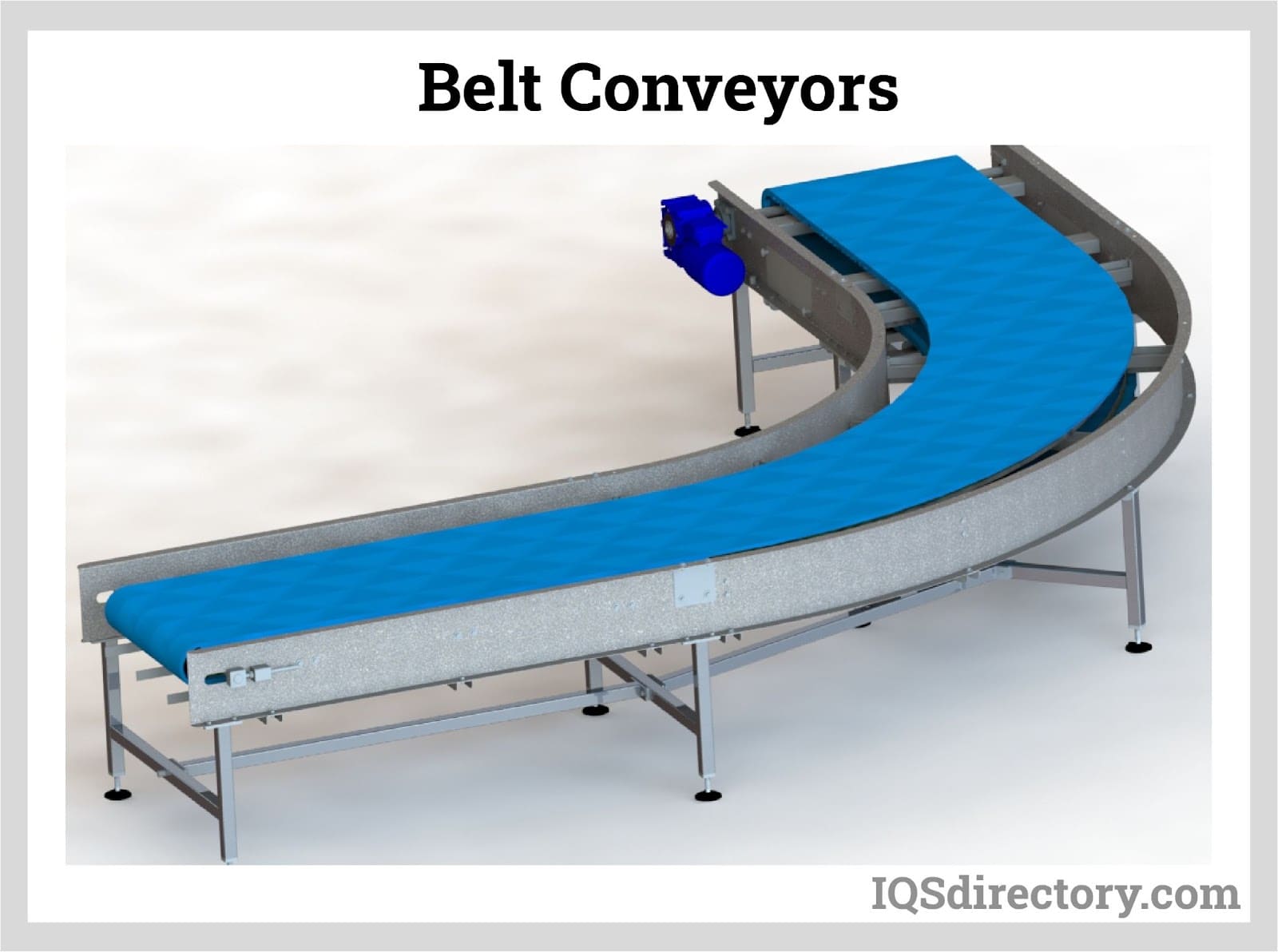

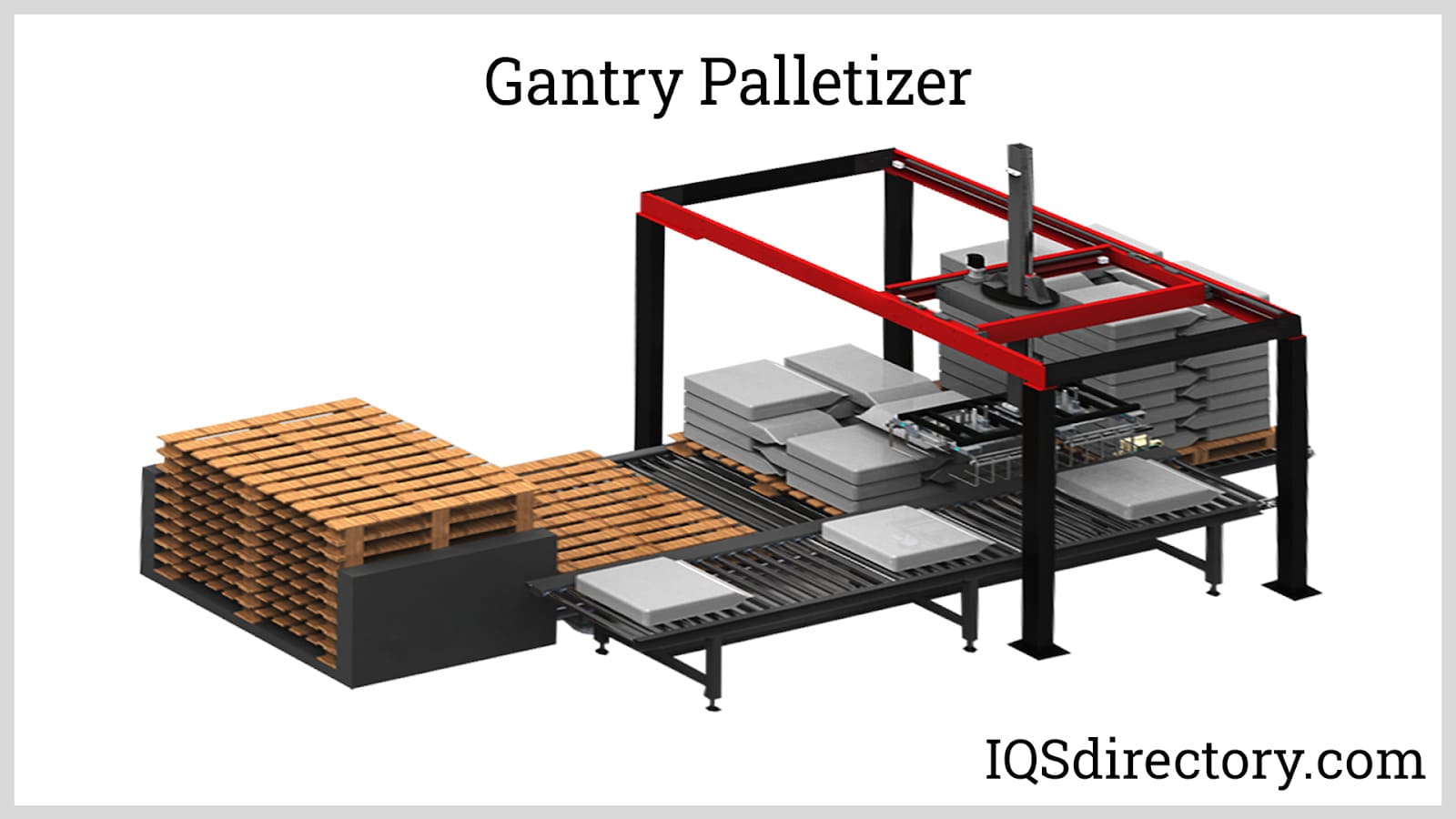
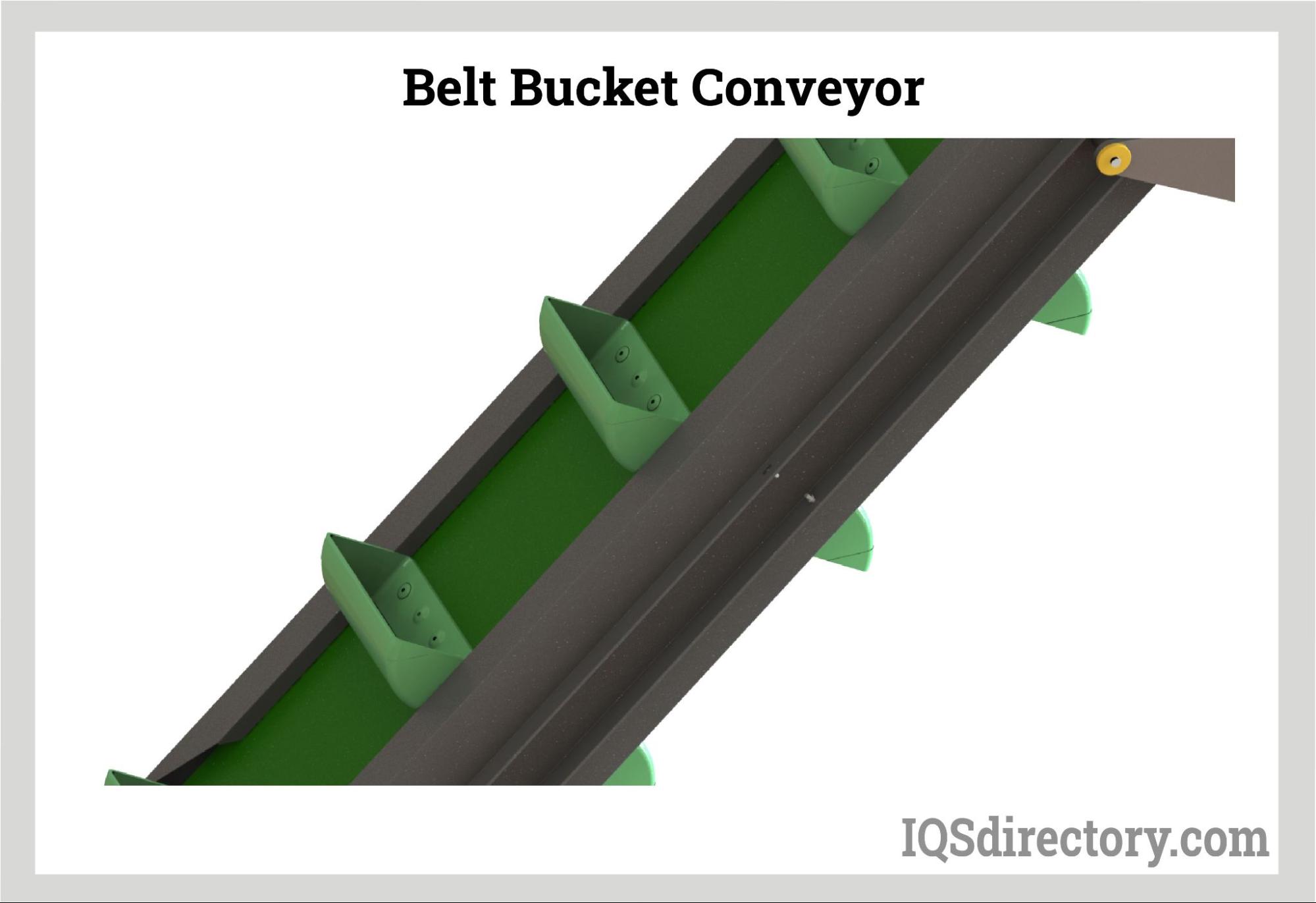
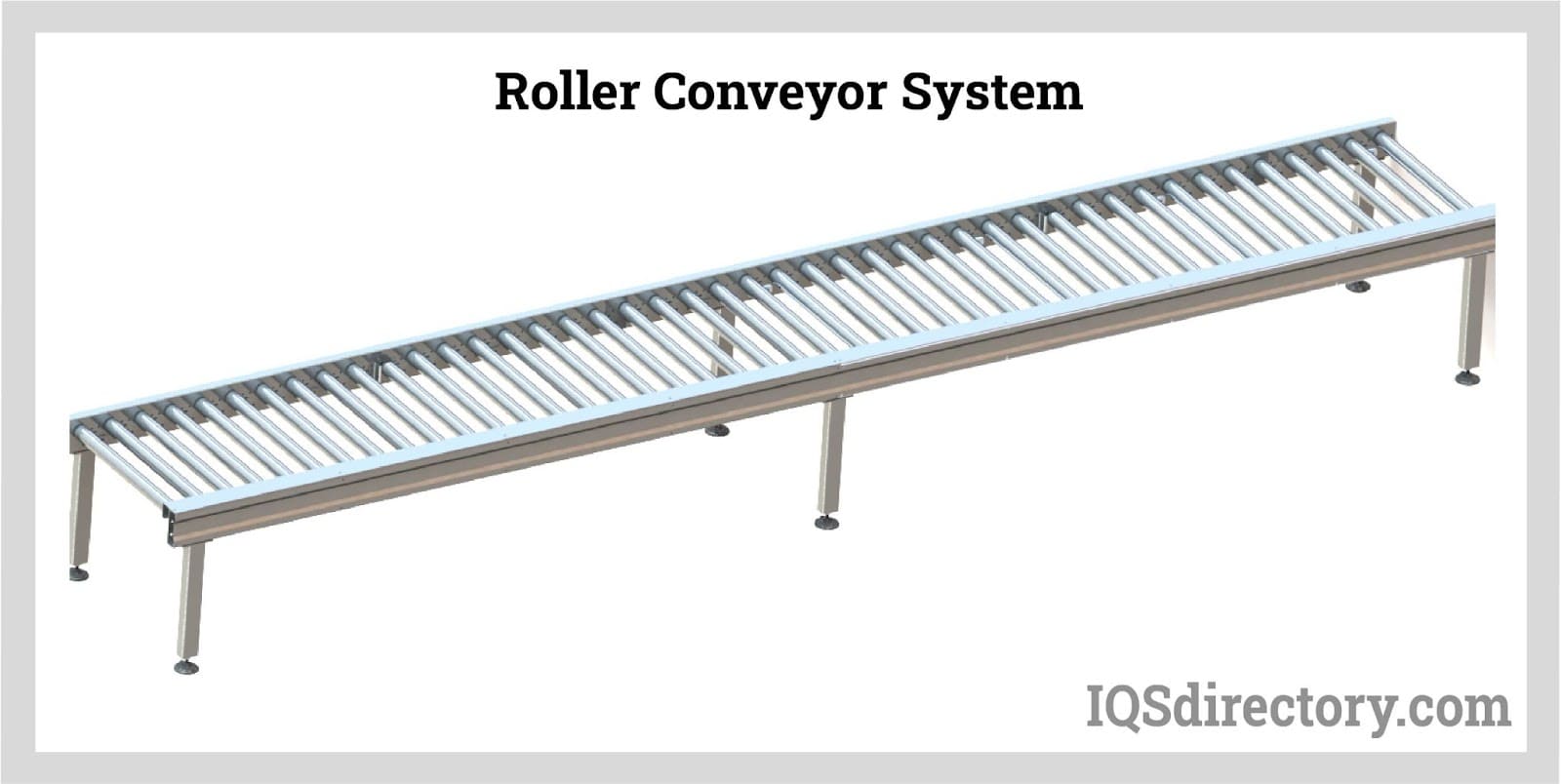

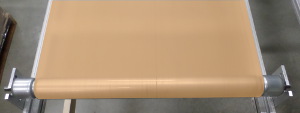 Conveyor Belting
Conveyor Belting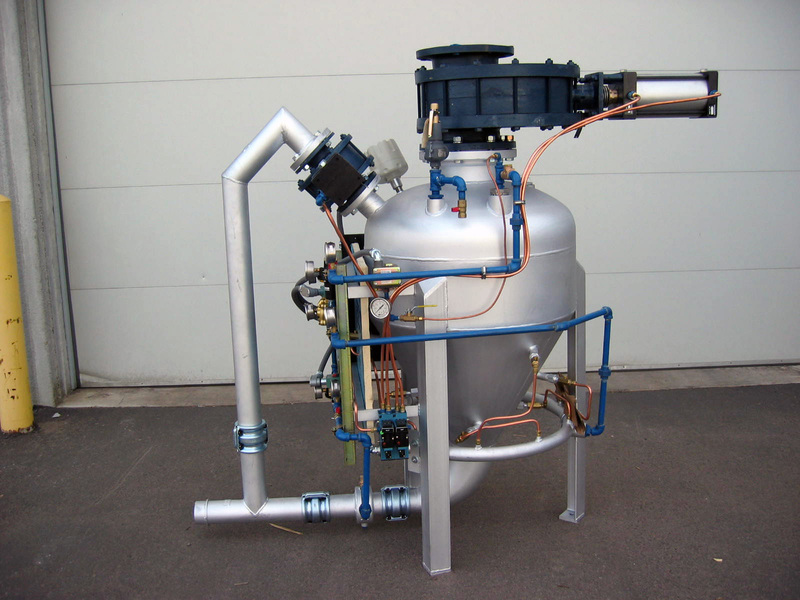 Conveyor Systems
Conveyor Systems Conveyors
Conveyors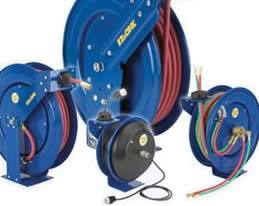 Hosereels
Hosereels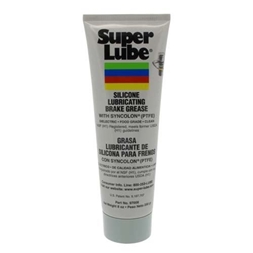 Industrial Lubricants
Industrial Lubricants Lubricators
Lubricators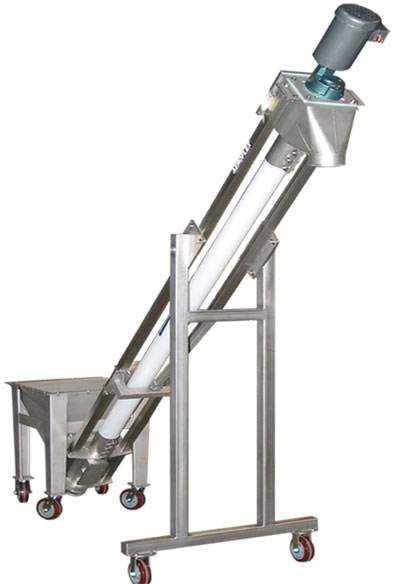 Screw Conveyors
Screw Conveyors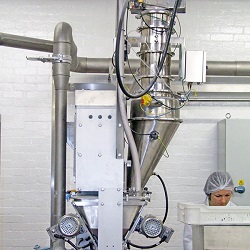 Pneumatic Conveyors
Pneumatic Conveyors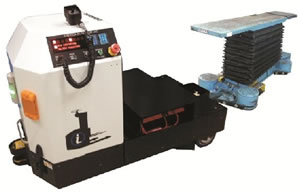 AGV
AGV Air Pollution Control
Air Pollution Control Assembly Machinery
Assembly Machinery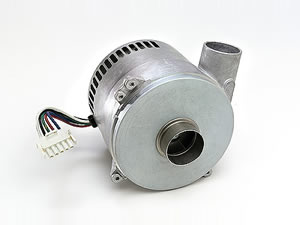 Blowers
Blowers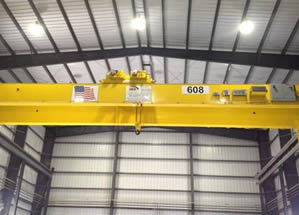 Cranes
Cranes Deburring Machinery
Deburring Machinery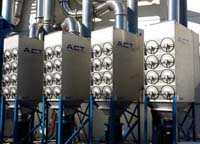 Dust Collectors
Dust Collectors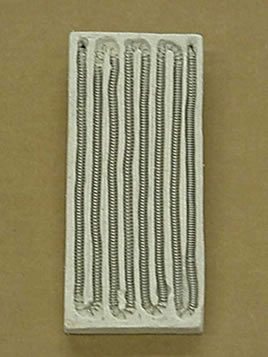 Heaters
Heaters Hose Reels
Hose Reels Mezzanines
Mezzanines Modular Buildings
Modular Buildings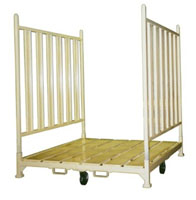 Storage Racks
Storage Racks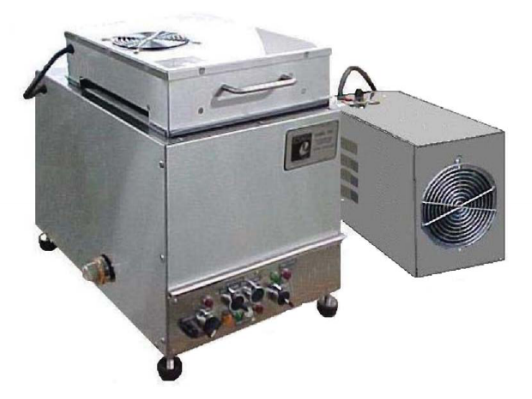 Ultrasonic Cleaners
Ultrasonic Cleaners Work Benches
Work Benches